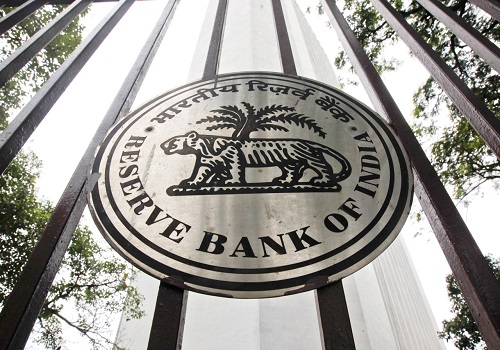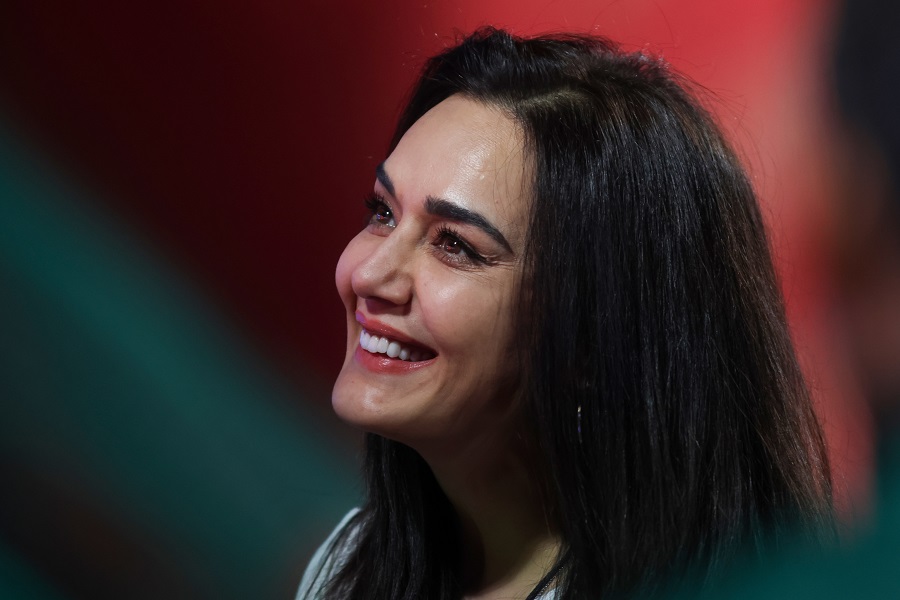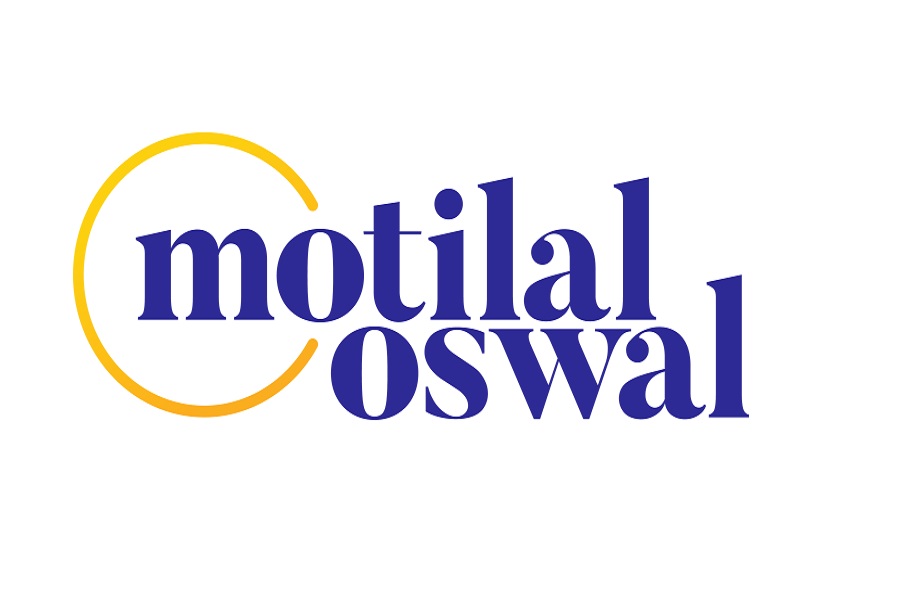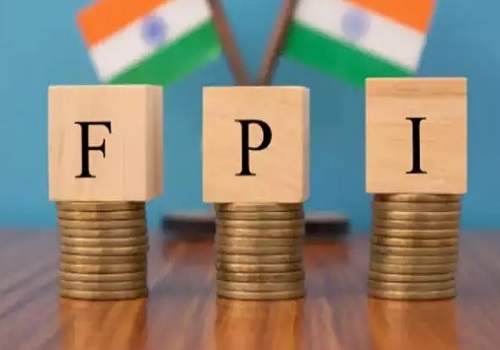New RBI proposal for NBFC funding in IPOs to help primary issues in restoring sanity (Opinion)

The Reserve Bank of India issued a discussion paper last Friday on regulations concerning NBFCs. The crux of these regulations is to reduce significantly the arbitrage between NBFCs and banks. The other area of significance is IPO funding where currently it is a free for all with NBFCs employing as much as Rs 75,000-80,000 crore in this activity whenever there is an IPO. RBI has now proposed a cap of Rs 1 crore per person.
The system as it exists today is that an individual can apply for the entire non-institution portion of an IPO.
Let us take the recent case of the IPO from Indigo Paints which was to raise Rs 1,170 crore.
An HNI could apply for half this issue which consisted of HNI and retail for Rs 585 crore individually. The amount of money he would have to put up to make an application of Rs 585 crore would be just 1 per cent or Rs 5.85 crore. Does he have the resources? Not required. All he needs to do is pay a margin of 1 per cent and the interest for borrowing this money which in this case works out to Rs 78.53 lakh upfront. The NBFC concerned will make an application for Rs 585 crore which works out to 38.91 lakh shares. Looking at the oversubscription of 263.05 times, he would be allotted 15,000 shares which would cost him an average interest of Rs 525.
Who are these NBFCs who are willing to take such a risk? Most of them are associates of the merchant bankers. They are more than happy making a joint application or an application under power of attorney, from the borrower. The money does not technically leave the bank where there is a joint account. The money is just blocked under "ASBA". Post the allotment and deducting the value of shares allotted, the balance of the upfront margin is refunded. The margin decided is on the basis of number of times that the HNI portion is likely to be subscribed.
In the case of Indigo Paints, the issue was subscribed 263 times which meant that for an application of 1 lakh shares, only 380 shares would be allotted. The applicant has given a margin of 1 per cent which corresponds to payment for 1,000 shares. The coverage is almost three times.
This leads to the issue being subscribed so heavily and garnering subscription of Rs 45,760 crore against a bucket size of a mere Rs 174 crore. The HNI category consists of two broad categories. The first is the individual who applies for shares between Rs 2 lakh and 2.15 lakh because he believes he stands a better chance of getting allotment in this bucket than the retail category where allotment would be on the basis of draw of lots for just one lot.
The second category is the leveraged investor who borrows money and applies for an amount which is a multiple of his net worth. This category of persons hardly totals four digits or is just under 1,000 people in entire India applying for shares. These people decide the fate of an IPO and could be considered the make or break of the IPO.
An IPO is the combined effort of the promoter, merchant bankers, investors and the NBFC. They together with the grey market combine to make a well-oiled system of IPOs. The grey market drives the subscription and the subscription in turn fuels the grey market. The mathematics is that the cost of funding which is a direct multiple of subscription should get covered in the premium. It is a case of the horse before the cart or the cart before the horse. All these applications which come with leveraged funding happen between 2 p.m. and 4 p.m. on the last day of the IPO. The final figure catches people unawares and calculations do go awry. An analogy of what interest cost does to the valuation could be compared with a milkshake which is whipped in a mixer and when poured in a tall glass has froth which is more than a third of the overall content. This froth has no value for the consumer but makes it valuable for the seller. In the case of the IPO, this seller is the promoter and the merchant banker as he is able to extract an extra pound of flesh in valuation of the company.
In the case of Indigo Paints, the price of Rs 1,490 would further increase with a funding cost of about Rs 550 to Rs 600 and the expected profit for the risk taker. The NBFC has made money, inflated the valuation of the company from an asking PE of 140 times current earnings to 210 times earnings. Whether this is sustainable or not only time will tell.
This is a capital market and puritans would argue against putting a cap on borrowing, saying this is a risk the borrower and lender take. There is a cap on banks for even loan against shares and IPO funding. Why therefore should NBFCs be allowed unlimited amount will always be debated. The most important argument against NBFC's lending without limit is demand distortion.
Take the example of state-run PSU, Mazagon Dock Ltd. Shares of this company were issued at Rs 145, and the issue in HNI portion was subscribed a record 678.88 times. The cost of funding was between Rs 130-135 which meant that the share had to open at double the price at Rs 290 if leveraged HNI was to make money. It opened at Rs 216.25, a gain of Rs 71.25 or 49 per cent but selling pressure from the leveraged HNI saw the stock close at the lower circuit of Rs 172. Gains for the day were restricted to Rs 27 or 18.6 per cent. To add insult to injury, shares delivered on day one were 65 per cent or 2/3rd of the IPO size. From those days, the share has recovered nicely and now trades in the range of Rs 210-220. There are a number of examples where oversubscription cost has killed the IPO.
The present funding mechanism is flawed because it leads to creating an inflated and unrealistic demand. It allows the price to be manipulated by a handful of investors who remain investors for a couple of hours on listing day only. The entire froth is taken away by the NBFCs as interest which is paid by these highly leveraged investors. Their modus operandi encourages the grey market and has brought about a situation where in most issues post the listing day, more than 90 per cent of the initial investors sell out. This entire exercise is harmful to the development of capital markets and is making IPO a first day first show exit for almost all. Valuations are being pushed to unsustainable levels and an unhealthy grey market is driving the market.
The step proposed by RBI would go a long way in cleaning up unhealthy practices and help restore sanity to primary market issuances going forward.




















